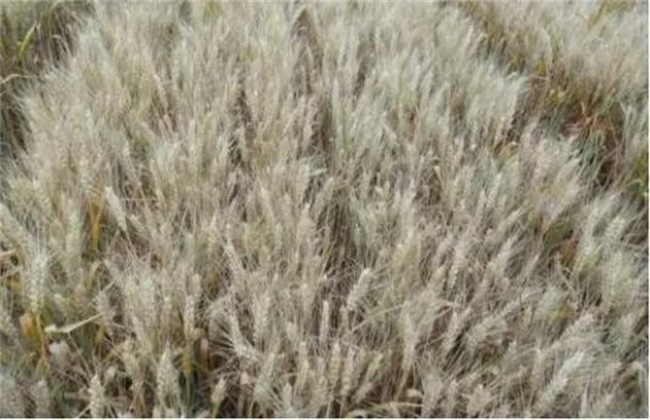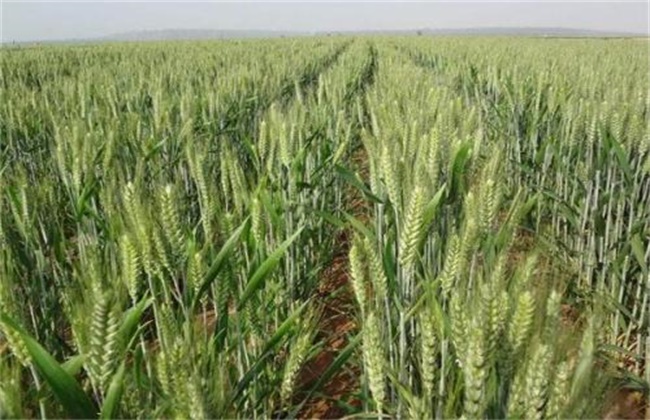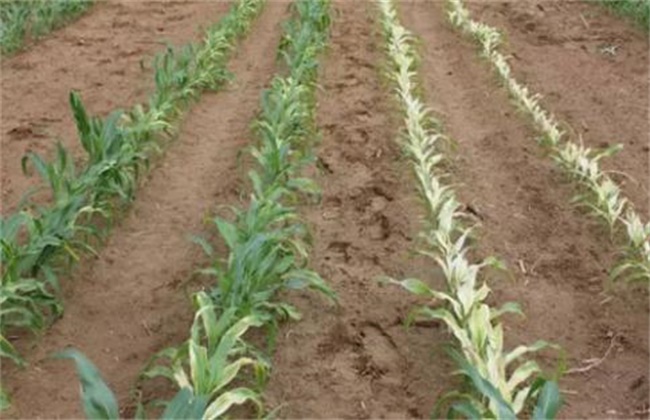Prevention and control measures of dry and hot air in wheat
In the case of high temperature, drought and strong wind in the wheat filling stage, it is very easy to cause the phenomenon of dry and hot wind, which is one of the main meteorological disasters in wheat production in northern China. It will cause water imbalance in the plant, grain filling can be inhibited or can not be filled, wheat will mature earlier, resulting in a substantial decline in yield, so how to prevent and control the dry and hot wind? Let's get to know it.

1. Dry and hot wind damage to wheat
The dry and hot wind is often about in the late growth stage of wheat, which can do harm to the awn, spike, leaf and stem of wheat, exploding awn and maturing ahead of time, and decreasing grain weight in mild damage, and serious water loss from top to base, which is characterized by withering and whitening, grain dryness and protein content will also decrease. In our country, the more serious dry and hot wind usually occurs once or twice a year, while some regional areas have it almost every year. In general, the dry and hot wind production will be reduced by about 10% and 20%, while in severe years, the production will be reduced by more than 30%.
II. Prevention and control measures
1. Pour enough grouting water
Grain filling water is generally irrigated at the initial stage of wheat filling, and should be irrigated in advance if the weather is dry and less rainy in the middle of Xiamen.
2. Spraying potassium dihydrogen phosphate
In order to increase the content of phosphorus and potassium in wheat stem and enhance the ability of resistance to dry and hot wind, low concentration potassium dihydrogen phosphate solution could be sprayed once at booting stage, heading stage and flowering stage. Generally spray 50-75 kg per mu, but should not be mixed with alkaline agents.
3. Spraying boron fertilizer and zinc fertilizer
In order to speed up the late growth of wheat and enhance stress resistance, a low concentration of borax solution can be sprayed at the flowering stage of wheat, usually 100 borax mixed with 50-60 kg of water, or 0.2% zinc sulfate solution can be sprayed at the filling stage. The filling speed and grain plumpness can be improved by using about 50-75 kg per mu.
4. Growth regulator
Spraying a low concentration of naphthylacetic acid solution at the flowering and filling stage can significantly improve the dry and hot air resistance of wheat, or spraying 0.1% calcium chloride solution at the flowering and filling stage with a dosage of 50-75 kg per mu can also improve the dry and hot air resistance of wheat. It can also be sprayed with 300 grams of vinegar or 50 grams of acetic acid with 40-50 kilograms of water per mu and sprayed once at booting and early filling stages to effectively prevent dry and hot wind and ensure stable and high yield.
The above is the introduction of wheat dry and hot wind control measures, hope to help you, want to know more related knowledge, please pay attention to us.
Related
- The first cup of black tea in spring, the flavor and history of tea gardens in Kenya, Africa
- The computer can not only choose potatoes, but also grow tea rice. AI will grow winter oolong tea champion.
- It is not only the inflated tea bitten by insects, but also engraved with the four seasons tea in Beipu.
- The Oriental Beauty Tea Festival in Zhuxian County takes the stage at the weekend to experience the plus-size feast of oil tea.
- & quot; Oriental Beauty Tea & Exploration of Emei in Hsinchu, the hometown of quot;
- The new variety of strawberry "Tainong 1" dessert is the first choice with mellow aroma. Crimson gorgeous
- History of Tea in Taiwan: from Wild Inner Mountain to Export Tea Garden
- Two types of Taiwan Oriental Beauty Black Tea won the British three-Star Award for Childhood Tea Xiang Zhang Jiaqi changed from pilot to champion tea maker.
- Banana species and varieties: the planting history of Taiwan Xianren banana and dwarf banana is long, is banana disease resistant?
- Coffee planting Technology: Qianjie Coffee from Seedling to harvesting



